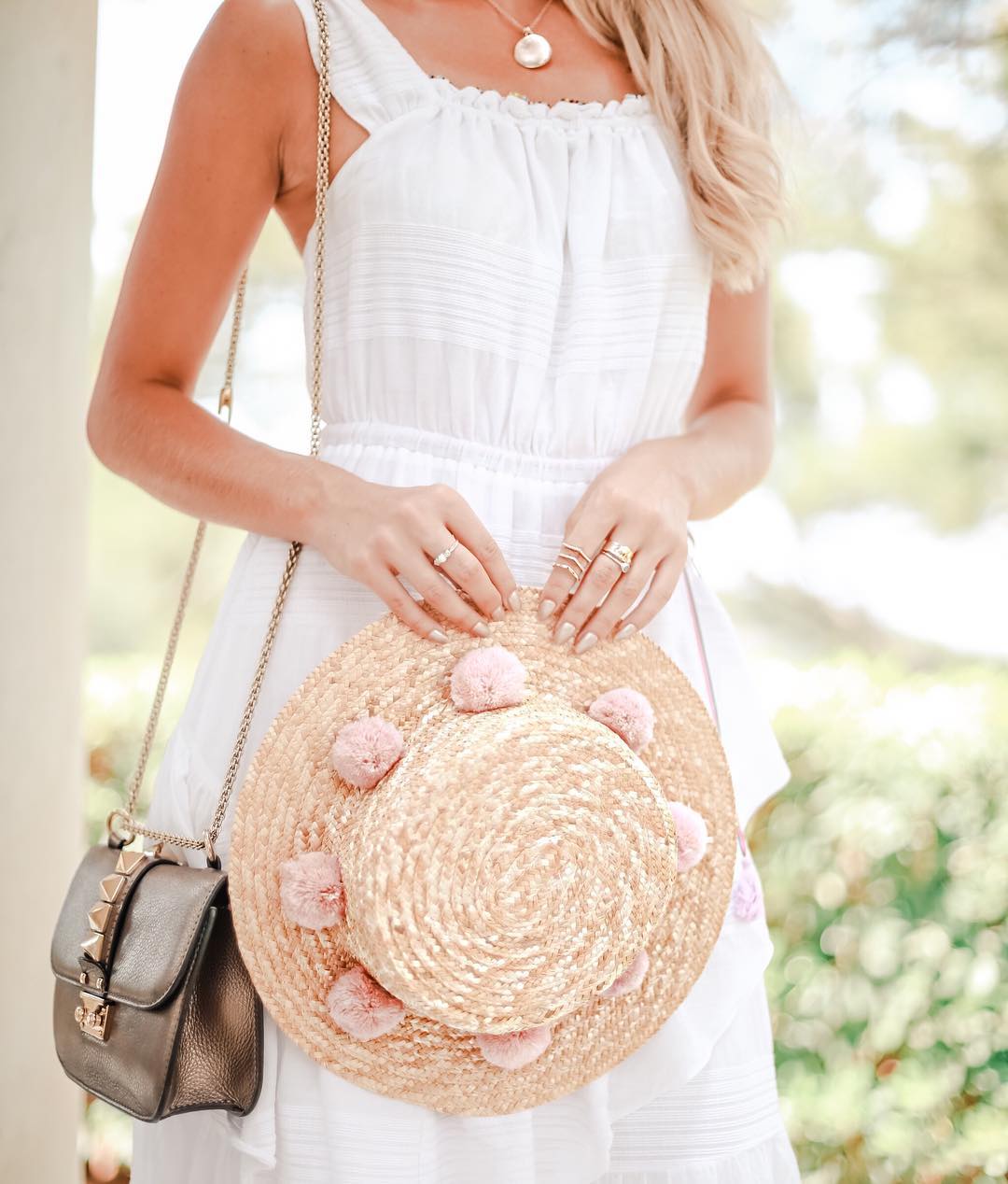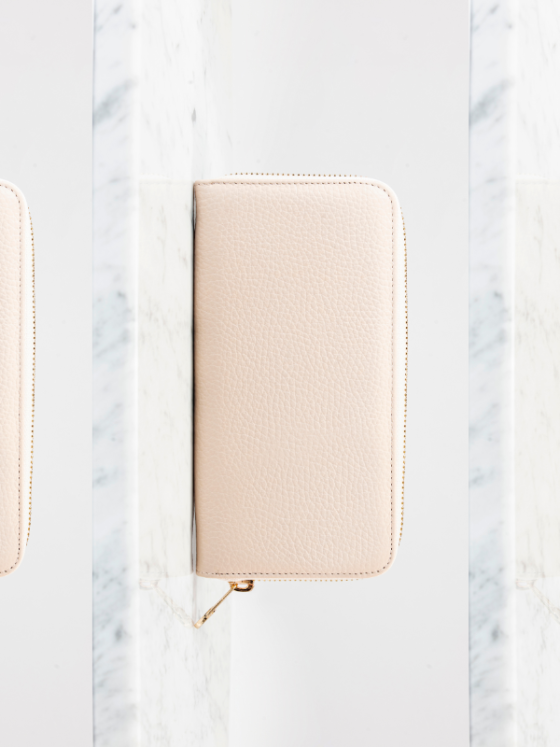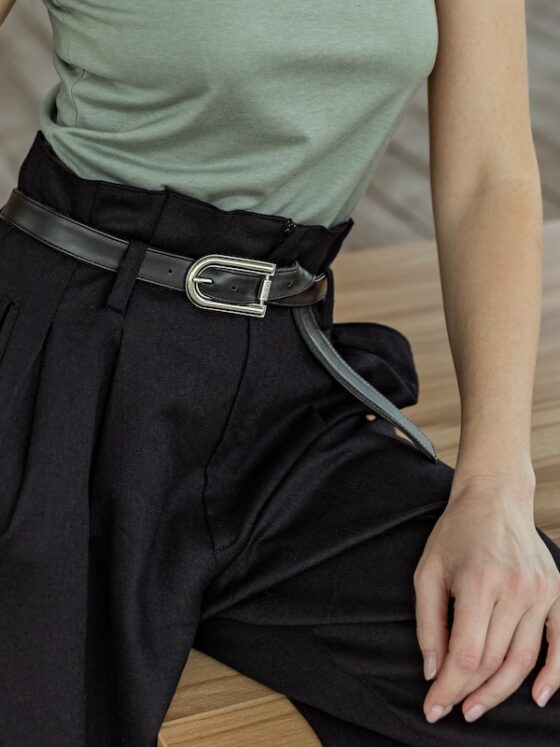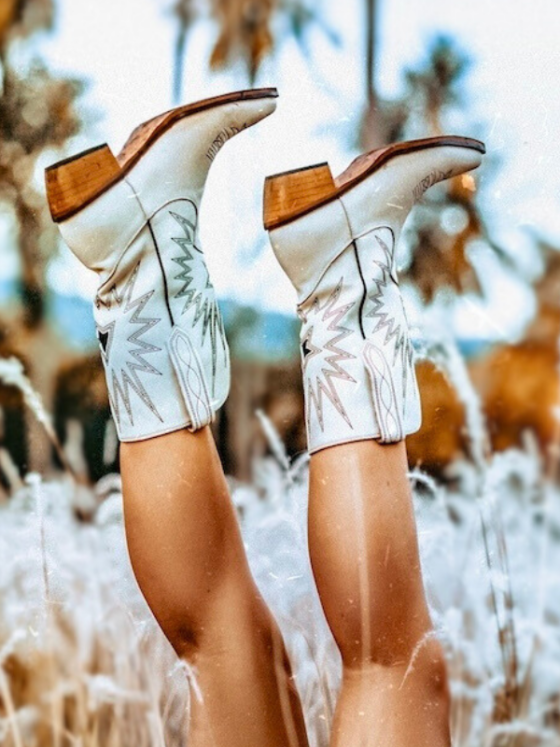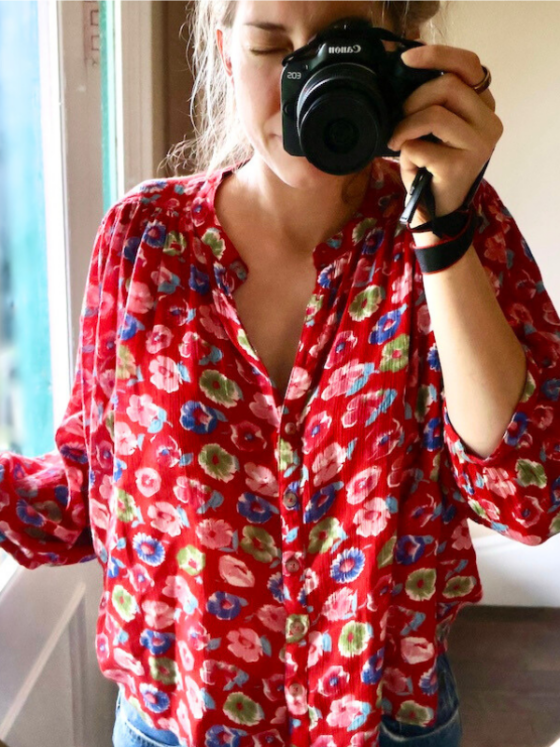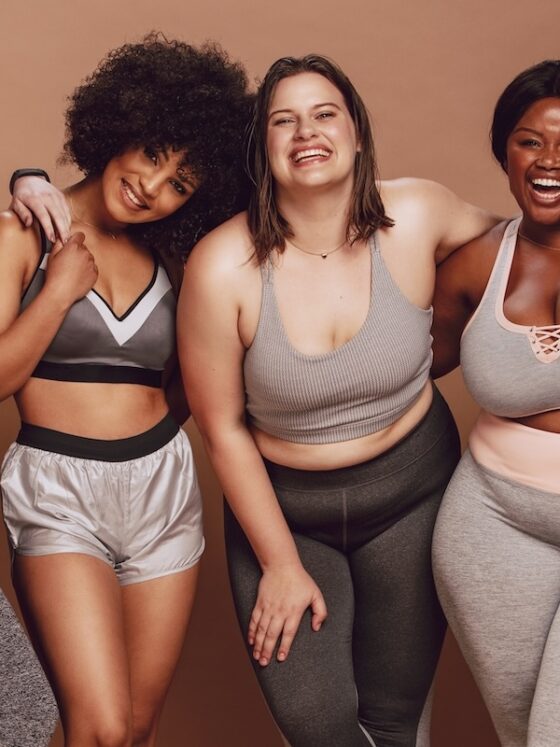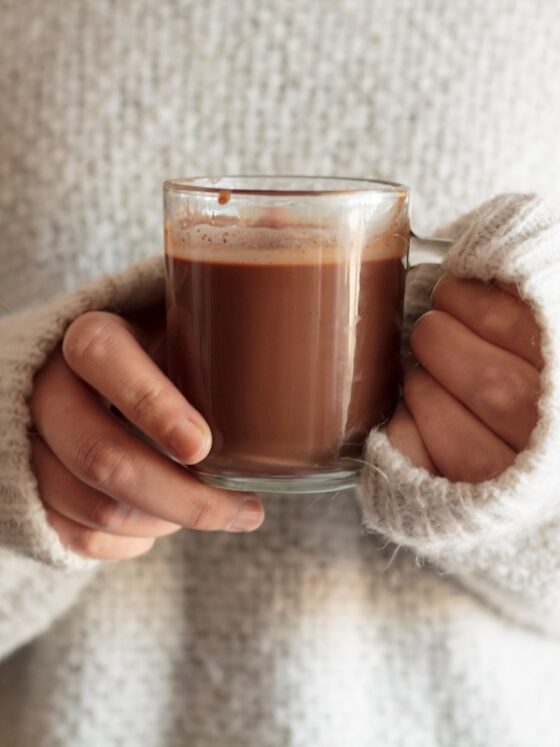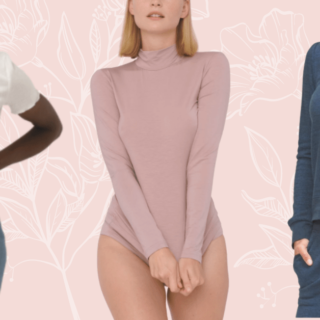How to Find Ethical Vegan Clothing that Lights Up Your Closet
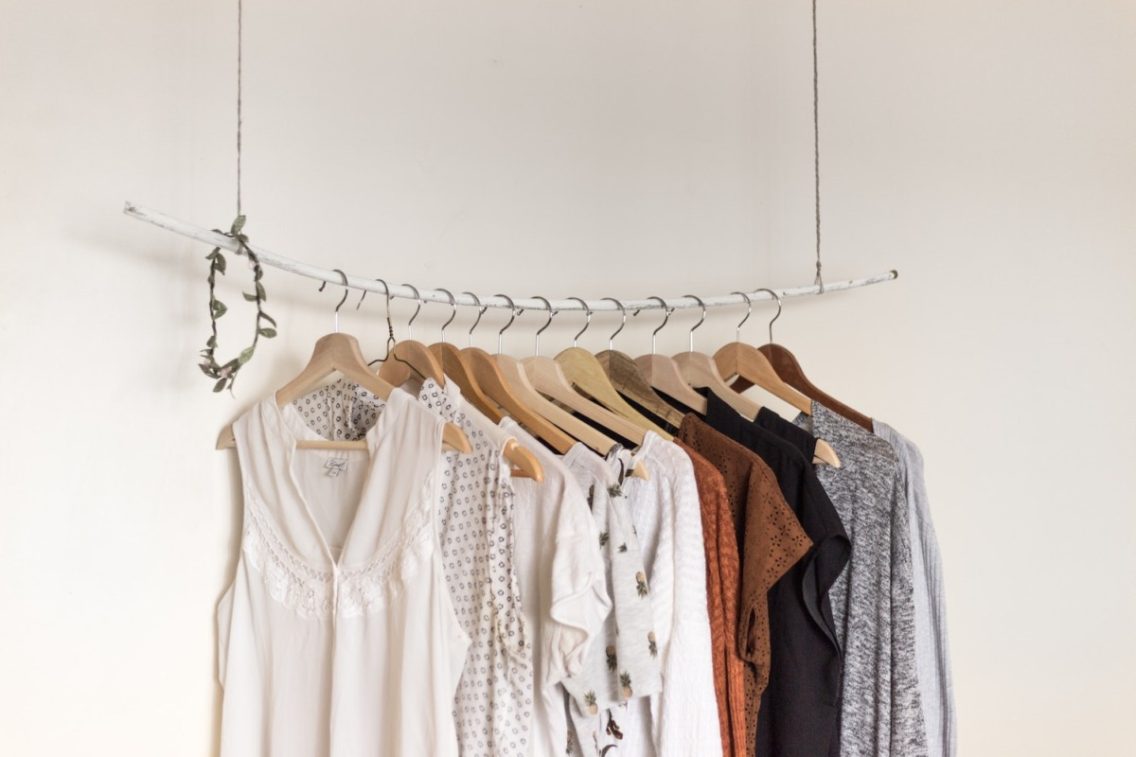
I think many of us know, at least on some level, that the #fashun industry is pretty ethically dubious. We’ve all heard a few vague horror stories about the havoc it wreaks on workers, animals, and the planet alike. But it’s a topic that can feel hard to even broach. I, for one, long preferred just to mentally check out like so:

It’s one of those slippery slopes and once you’re on your way down… it’s like the whole thing is greased with butter. Whatever issue prompted you to look into ethical fashion (animals, earth, workers, etc.), just reveals how yikes-y on how many levels the fashion industry really is.
But fear not, sweet friend. Finding ethical vegan clothing with an origin story that makes you want to mentally check in is becoming increasingly easy and stylish. And this slightly windy but very rewarding journey to feel-good, guilt-free clothing is most easily accomplished like any other: one step at a time. Let’s do it.
1. Double check that animals are out of the equation
This one’s clear cut, so I’ll keep it brief. The “vegan” piece means that no furry, finned, or feathered friends had to suffer for (or be involved whatsoever in) the creation of the clothing. So not only are things like leather, suede, fur, and snakeskin off the table, but also fabrics like wool (and all the names it goes by, like cashmere, angora, merino, shetland, etc.), silk, and down.
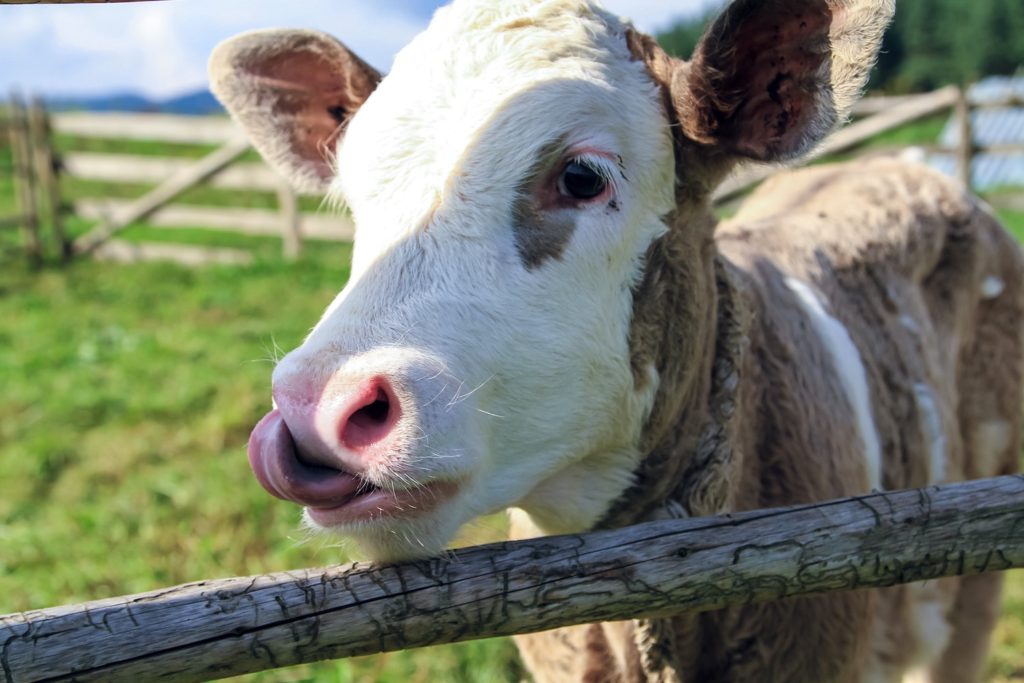
2. Check off that sustainability box
Things get a little grayer here. Because while vegan is very straightforward, sustainable is more of a spectrum. And brands embody sustainability in a lot of different ways, so there’s really no “one and done” that means ethical vegan clothing is or isn’t sustainable. But one major factor – and one that’s pretty easy to measure from company to company – is the materials a company uses for its products.

Some of the best, most sustainable fabrics that you’ll often see are:
- Plant-derived fabrics: Bamboo, hemp, organic cotton, tencel/lyocell (derived from wood pulp)
- Recycled plastic: Recycled polyester, recycled nylon, RPET (made from recycled plastic water bottles, often taken from the ocean)
- Plant-based leathers: Apple leather, mushroom leather, pineapple leather
The best materials for the environment are those that are low-impact, organic, reused, recycled, and/or upcycled. (“Low-impact” meaning materials that don’t require excessive water to produce, are made from highly renewable plants grown without pesticides, etc.)
And beyond materials, there are many ways that brands can uphold sustainability. Some examples that I see frequently include: offsetting carbon emissions, using biodegradable packaging, and donating to environmental charities. The list goes on. For Florah, I seek out companies that go beyond just earth-friendly fabrics, and are clearly well-rounded and passionate in their commitment to sustainability.
3. Watch out for sneaky greenwashers
Unfortunately, even when you think you’ve found a shining beacon of a brand that’ll answer all your sustainable fashion hopes and dreams, it ain’t always as peachy as it looks. You’ll start to notice that a lot of brands have a lot to say for sustainability, but little to show for it when you dig a li’l deeper. That’s called greenwashing.
The most frequent thing I see are companies that tout being sustainable in obvious places on their site, like their homepage, but don’t offer any tangible references to sustainable practices once you look for details. (Or they’re suspiciously vague.) There’s no perfect answer to the greenwashing conundrum – it’s more a matter of looking at the full brand picture and seeing whether they substantiate their sustainability claims.
4. Make sure workers aren’t being exploited
When it comes to ethical vegan clothing, we mustn’t forget the hands behind it all. For too long I neglected to consider fair working conditions when purchasing clothing. Maybe it was a little bit of the avoidant, “I can’t fix all the world’s problems at once!”
But I’ve since changed my tune. Why not support companies that are holistically bettering the world, including by respecting and protecting the people behind the products?
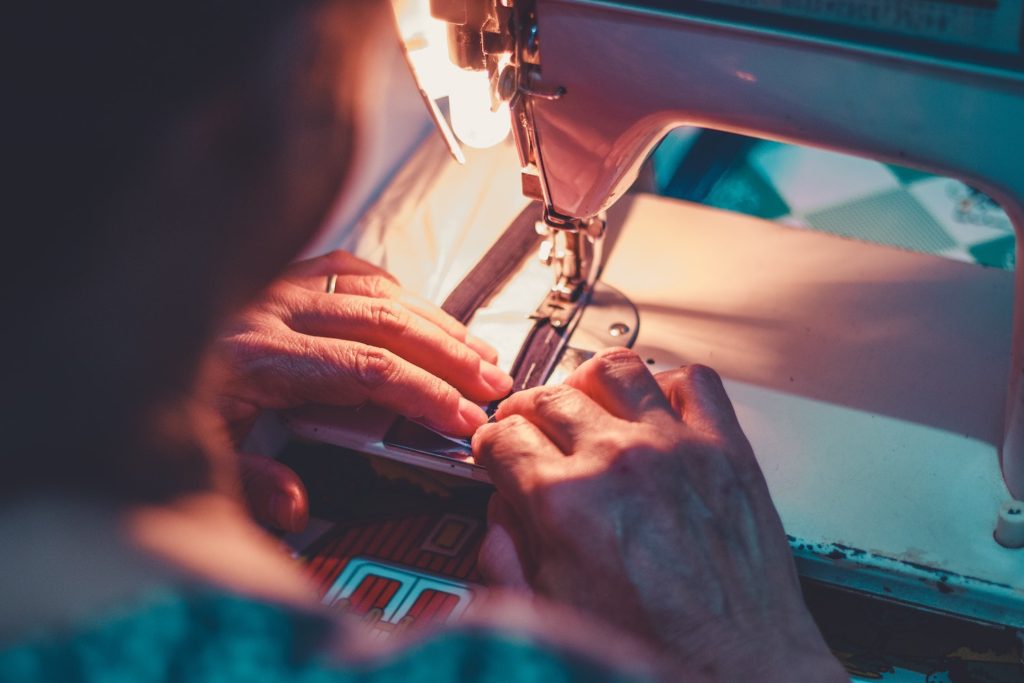
So, how do you tell whether products are made under ethical working conditions? I’ve found that a two-step approach works quite well:
- Find out which country a company manufactures its products in. Then, use this index from the International Trade Union Confederation to see how the country of origin stacks up as far as treatment of workers and labor laws on a macro scale. A country like Italy, for example, has only sporadic violations of workers’ rights (the best rating) as compared to a country like Turkey, which has no guarantee of rights (the worst rating).
- Next, turn to the details that a brand provides about working conditions in their factories (or their partner factories if they outsource the work). Ideally, brands say explicitly what certifications they have in place to protect workers, and what those certifications guarantee, what standards they uphold, their efforts to improve upon any outstanding issues, and their relationships with the factories.
Sometimes you have to reach out to a brand for clarity, but these two steps usually paint a pretty clear picture. To go back to the example in step #1, if a garment is made in Italy and a brand speaks specifically to their standards (“we pay above average wages, ensure safe working conditions, provide paid leave, have monthly meetings to hear from the staff,” etc.), it passes the test.
If a brand produces in Turkey and says nothing about their standards, that sounds like a red flag that necessitates some more digging. Though, in my experience, reaching out to brands that say nothing of labor standards on their site yields crickets, which is answer enough.
5. Know that ethical qualities don’t always go hand and hand
This is a quick point but worth noting. You might assume that if a company is vegan and uses sustainable materials, they surely treat those making the clothes fairly. But, alas, not so. One or two ethical practices don’t always imply holistically ethical practices. So do ya due dil.
6. Look for the “above and beyonders” (if you feel like it)
Once the animals, the earth, and the workers are taken into account, chances are that you’re looking at ethical vegan clothing. A final factor that I’d call a “nice to have” is a brand’s commitment to donating a percentage of profits to charity. To me, that feels like it really rounds out the ethical, wholesome, world-bettering picture. (Like Lights of All, a gorgeous, small vegan clothing brand that donates 5% of profits to Cedar Row Farm Sanctuary.)
7. Be prepared for higher price tags, but know that the quality may justify them
We all have different price tolerances, which I fully understand and respect, so let this not sound tone deaf! Fast fashion has created a widespread, ingrained belief that clothing should be super cheap — because, thanks to fast fashion, so much of it is. The typical cost of clothing reflects a very flawed system in which the bottom line and the ability to offer super low-cost items trumps fairness and ethics.

And between the materials, labor, and transportation that go into a single garment, it really should cost more than it usually does. But, despite higher price tags, the cost of ethical clothing may be justifiable. Because when you consider the quality and durability of an item made with real craftsmanship (not cranked out of a factory at top speed) and carefully chosen materials, the ultimate cost holds more than may meet the eye.
For example, if my $5 polyester tank top from Amazon will last for 2 years before the seams start ripping, but my well-made, $20 tank top made ethically from organic cotton will last 10 years, I’m saving money in the long run.
Side note: Thrifting is an amazing, cost-effective alternative to buying clothes first-hand. And by wearing pre-loved garments, the issues of their origins become moot (in my book) because you’re really not supporting those industries since they’re not profiting from those purchases.
Great thrift stores (physical & virtual) include Goodwill, ThredUp, Poshmark, Ebay, and Etsy – and there are many others. But I can personally vouch for those listed… I have a lot of gems from them in my closet! It’s also fun to find second-hand treasures that feel — and may actually be — one-of-a-kind.
Where to Find Ethical Vegan Clothing
With those 7 steps, I hope you feel confident in going forth and seeking the ethical vegan clothing that’ll light up your closet. But I also know that not everyone has the time to dig into all of this. Which is, in a nutshell, why I created Florah!
I’ve devoted a quite literal boatload of hours to researching hundreds of ethical vegan fashion brands, and I’m excited to be able to share with you the best of the best. Every brand and product you find on Florah has been pre-vetted through these same criteria, and then stacked up to other brands to make sure that they’re truly the best of the best.
On this page you’ll find ethical vegan clothing brands that are not only vegan, kind to the earth, and fair to workers, but also uniquely stylish. Have a look around, and if you have any questions or comments, I would love to hear from you! Shoot me an email at blythe@florah.com.
I hope you find this post, and Florah, helpful in your noble quest for ethical vegan clothing 🙂 Thank you for being here!
